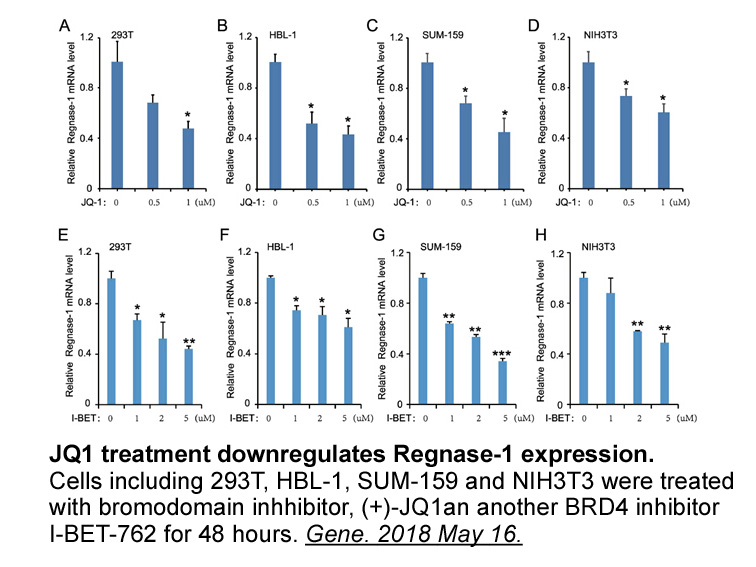Archives
Suggesting it would be worthwhile to extend the
Suggesting it would be worthwhile to extend the time frame of analyses are several salient temporal changes: (a) declines in the infant mortality rate and changes in its recognized determinants (e.g., socially patterned declines in smoking during pregnancy and increases in gestational diabetes) (SACIM, 2016; Singh & Kogan, 2007); (b) declines in state funding for both reproductive health services (Sonfield & Gold, 2012; Schreiber & Traxler, 2015) and other social services influencing risk of infant mortality (Clayton & Pontusson, 1998; Rabarison, 2013); and (c) shifts in rates of contraceptive use (by type), unintended pregnancies, and use of abortion services (SACIM, 2016; Finer & Zolna, 2014; Rabarison, 2013; Jones, Mosher & Daniels, 2012; Frost, Henshaw & Sonfield, 2010; Kost, 2015; Jones and Kavanaugh, 2011; Jacobs & Stanfors, 2015). Thus, at this time of sharp debate over growing restrictions affecting provision of family planning and abortion services (Gruskin, 2013; Schreiber & Traxler, 2015; Gee, 2014; Devi, 2015), it is important to test the TASIN-1 that inverse associations continue to exist between provisions of these services and infant mortality rates.
We obtained data to analyze, for 1980–2010, associations between infant mortality and US state-only funding for family planning and abortion services, using data for the six years for which high quality publicly available data exist for these state expenditures (1980, 1987, 1994, 2001, 2006, and 2010) (Sonfield & Gold, 2012).
Material and methods
Discussion
Before interpreting these results, it is important to consider study limitations. An ideal data set would have: (a) employed 1960–2010 US national annual individual-level data on infant deaths linked to live births, in records containing socioeconomic data and other relevant covariates (e.g., maternal age, intended vs. unintended pregnancy, gestational length, maternal residence in the year prior to and including the birth and death of the infant, and access to both public and private health insurance); (b) nested these records within counties (and hence states), and (c) linked them to detailed annual high-quality data on (i) federal, state, county, and private charitable expenditures on family planning and abortion services and other maternal and child health services, including those focused on reducing postnatal mortality, as utilized by state residents and non-residents, and (ii) state-level data on abortion rates and unintended pregnancy rates. No such linked data sets exist (Finer & Zolna, 2014; Singh & Kogan, 2007; Sonfield & Gold, 2012; National Center for Health Statistics, 2016a, 2016b; Guttmacher Institute, 2016; Pazol, Creanga, Burley, Hayes & Jamieson, 2013; Mosher, Jones & Abma, 2012).
Our alternative approach thus entailed using the best measured exposure data (Sonfield & Gold, 2012), in conjunction with the corresponding national mortality data (National Center for Health Statistics, 2016a), additionally linked to relevant state- and county-level covariates (Krieger et al., 2008; National Center for Health Statistics, 2016b; US Census Bureau, 2016c, 2016d; Minnesota Population Center, 2016; Henshaw & Kost, 2008). Suggesting our approach is reasonable, the infant death rate, as noted above, is highly correlated with the infant mortality rate (National Center for Health Statistics, 2016a; MacDorman et al., 2013). Socioeconomic gradients in infant mortality rates and their trends detected using county-level economic data (Krieger et al., 2008; Blumenshine, Egerter, Barclay, Cubbin & Braveman, 2010) are similar to oils observed using individual- and household-level economic data (Blumenshine et al., 2010). Our approach also takes into account docu mented high correlations between the social indicator of county racial/ethnic composition (% black, for persons < age 1) and geographic variation in US infant mortality rates (SACIM, 2016; David & Collins, 2014; Singh & Kogan, 2007; Christopher & Simpson, 2014), and also documented high correlations in rates of abortion in relation to women׳s state of residence and the state in which the abortion occurred (Guttmacher Institute, 2016; Pazol et al., 2013). Additional potential data limitations, moreover, would likely lead to conservative, not inflated, effect estimates, including: (1) measurement error regarding funding levels (especially since no evidence indicates any systematic bias in relation to state, time, or funding source (Sonfield & Gold, 2012)); (2) women׳s travel to other states to have abortions; (3) including the handful of states not reporting funding with the two-fold larger number of states reporting $0 funding; and (4) lack of data on alternative sources of abortion funding (e.g., charitable donations).
mented high correlations between the social indicator of county racial/ethnic composition (% black, for persons < age 1) and geographic variation in US infant mortality rates (SACIM, 2016; David & Collins, 2014; Singh & Kogan, 2007; Christopher & Simpson, 2014), and also documented high correlations in rates of abortion in relation to women׳s state of residence and the state in which the abortion occurred (Guttmacher Institute, 2016; Pazol et al., 2013). Additional potential data limitations, moreover, would likely lead to conservative, not inflated, effect estimates, including: (1) measurement error regarding funding levels (especially since no evidence indicates any systematic bias in relation to state, time, or funding source (Sonfield & Gold, 2012)); (2) women׳s travel to other states to have abortions; (3) including the handful of states not reporting funding with the two-fold larger number of states reporting $0 funding; and (4) lack of data on alternative sources of abortion funding (e.g., charitable donations).